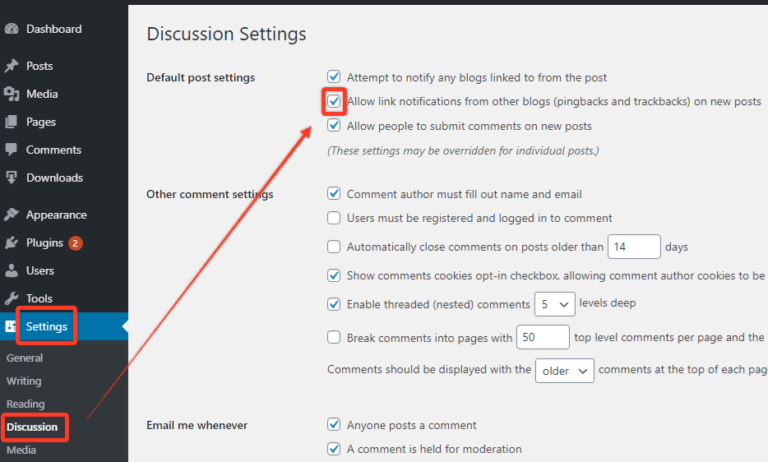
What is LEMP Stack?
LEMP is an acronym that represents four key components of the stack:
- L – Linux Operating System: The foundation of the LEMP stack is the Linux operating system. Linux is an open-source operating system known for its stability, security, and flexibility. It provides a reliable environment for running web servers and other applications.
- E – Nginx Server: The “E” in LEMP stands for Nginx (pronounced as “engine-x”), which is a high-performance web server. Nginx is known for its scalability, ability to handle large amounts of traffic, and efficient handling of static files. It is the second most widely used web server in the world after Apache.
- M – MySQL Database: The “M” in LEMP represents MySQL, a popular open-source relational database management system. MySQL is known for its scalability, performance, and reliability. It is used to store and manage the data of web applications built using the LEMP stack.
- P – PHP Scripting Language: The final component of the LEMP stack is PHP, which is a server-side scripting language. PHP is widely used for building dynamic web applications and interacts with the Nginx server and MySQL database to process user requests and generate responses.
How Does the LEMP Stack Work?
At its core, the LEMP stack utilizes Nginx as the web server, which listens for HTTP requests and forwards them to the appropriate PHP script. The PHP script then interacts with the MySQL database to retrieve or manipulate data as required. Finally, the response generated by the PHP script is sent back to the user through the Nginx server.
This architecture allows for efficient handling of web requests, separation of concerns between the server-side and client-side code, and the scalability of the overall system. The Linux operating system provides a solid foundation for running the stack, ensuring stability and security.
Advantages of the LEMP Stack
The LEMP stack offers several advantages that make it a popular choice in web development:
- High Performance: Nginx, the web server component of the LEMP stack, is known for its high performance. It can handle a large number of concurrent connections and efficiently serve static files, making it an excellent choice for handling high-traffic loads.
- Scalability: The LEMP stack is highly scalable, allowing web applications to handle increasing amounts of traffic. Nginx’s event-driven architecture and efficient resource utilization contribute to the stack’s scalability.
- Open-Source: All the components of the LEMP stack, including Linux, Nginx, MySQL, and PHP, are open-source. This means that they are freely available, can be customized to meet specific requirements, and have a large community of developers providing support and contributing to their development.
- Flexibility: The LEMP stack is flexible and can be tailored to fit the specific needs of a web application. Developers can choose different versions of Linux, configure Nginx to suit their requirements, and use PHP to build dynamic web applications with ease.
- Security: The LEMP stack is known for its security features. Nginx provides various security measures, such as SSL encryption and DDoS protection, to safeguard web applications. Linux, being a secure operating system, further enhances the security of the stack.
Components of the LEMP Stack
Let’s take a closer look at each component of the LEMP stack and understand their roles:
1. Nginx
Nginx is a powerful web server that follows an event-driven architecture, making it capable of handling multiple requests within a single thread. It is known for its high performance, scalability, and efficient handling of static files. Some key reasons for using Nginx in the LEMP stack include:
- Simple installations and configurations.
- Load balancing support for distributing traffic across multiple servers.
- Ability to handle a large number of concurrent connections.
- Fast serving of static files.
- Compatibility with commonly used applications.
2. PHP
PHP, which stands for Hypertext Preprocessor, is a server-side scripting language used in the LEMP stack. It communicates with the Nginx server and MySQL database to process user requests and generate dynamic content. Key reasons for utilizing PHP in the LEMP stack include:
- Large community support and a wide range of resources are available.
- Extensive options for database connectivity.
- Inexpensive web hosting options.
- Open-source nature, making it freely available.
- PHP powers popular content management systems like WordPress.
3. MySQL
MySQL is a widely used open-source relational database management system. It is used in the LEMP stack to store and manage data for web applications. Some key advantages of using MySQL in the LEMP stack are:
- Open-source nature allows for easy customization and integration.
- Strong data protection mechanisms.
- Highly extensible, allowing for the addition of custom functionality.
- High performance and scalability.
- Flexibility in terms of data modeling and querying.
4. Linux
Linux is the operating system on which the LEMP stack runs. It is a free and open-source operating system that offers high security and stability. Linux is known for its robustness, extensive community support, and customization options. Key reasons for using Linux in the LEMP stack include:
- High security and resistance to malware and viruses.
- Stability and reliability in running web servers.
- Free and open-source nature, reducing infrastructure costs.
- Strong community support for troubleshooting and enhancements.
- Flexibility in customization based on specific requirements.
Disadvantages of the LEMP Stack
While the LEMP stack offers numerous advantages, it also has a few potential disadvantages:
- Limited Configuration Flexibility: Compared to other web servers like Apache, Nginx has limited configuration options. This can be a drawback for developers who require extensive customization.
- Lack of Dynamic Module Support: Nginx does not support dynamic modules and loading, which may limit certain advanced functionalities that other web servers provide.
Conclusion
In conclusion, the LEMP stack is a powerful combination of open-source technologies used for web development. It offers high performance, scalability, flexibility, and security. The Linux operating system forms the foundation, while Nginx handles web server responsibilities. PHP enables dynamic web application development, and MySQL provides a reliable and scalable database management solution. Despite a few limitations, the LEMP stack continues to be a popular choice for building robust and efficient web applications. By understanding the components and advantages of the LEMP stack, developers can make informed decisions and leverage this technology to create exceptional web experiences.
Additional Information: The LEMP stack is commonly used for hosting websites, web applications, content management systems (CMS), and e-commerce platforms. It provides a reliable and efficient environment for running various types of web-based projects.






